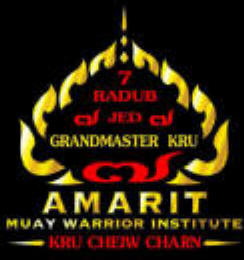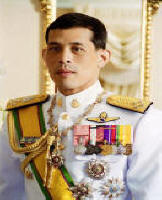50 ARIVVOU - VIRONAS, ATHENS
BYRON, 16232 GREECE
EMAIL: [email protected]


 “Long Live The King”
“Long Live The King”


His Majesty King Maha
Vajiralongkorn Bodindradebayavarangkun
Home > Related Wing Chun Xanthakis
|